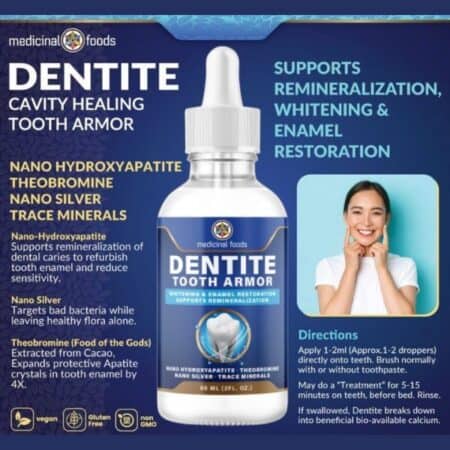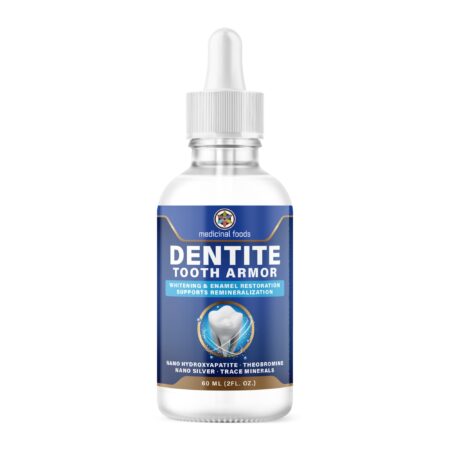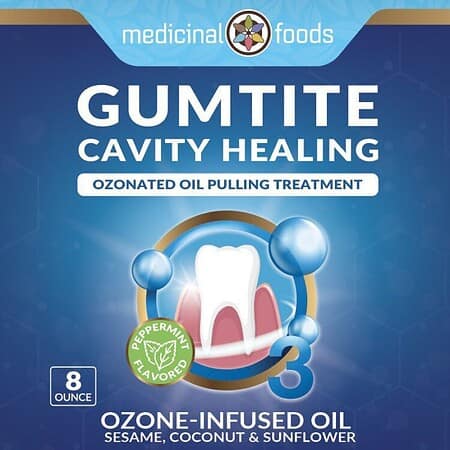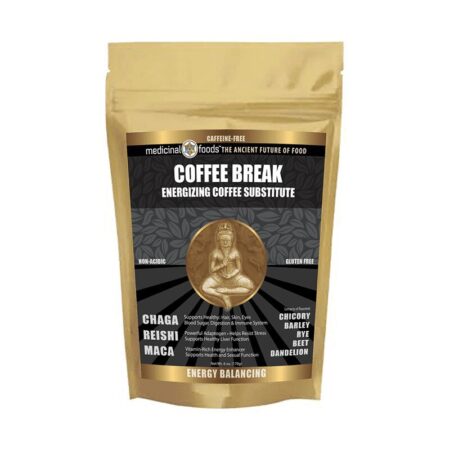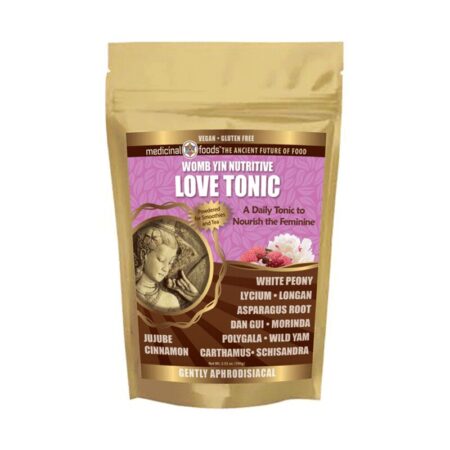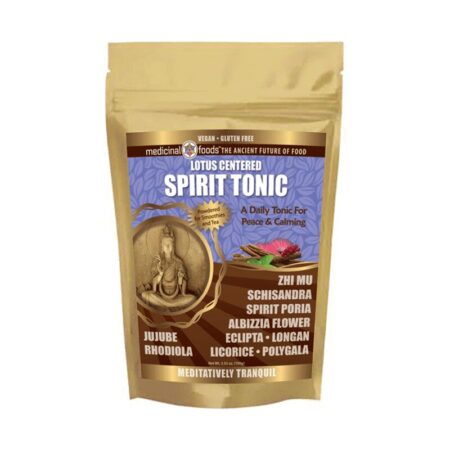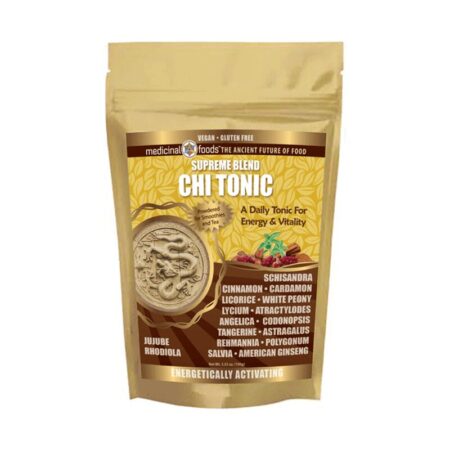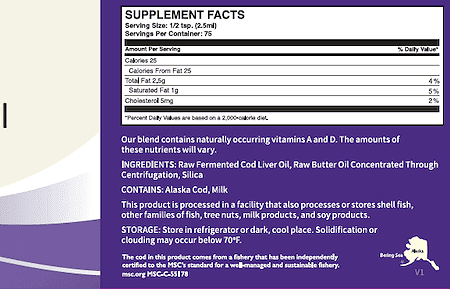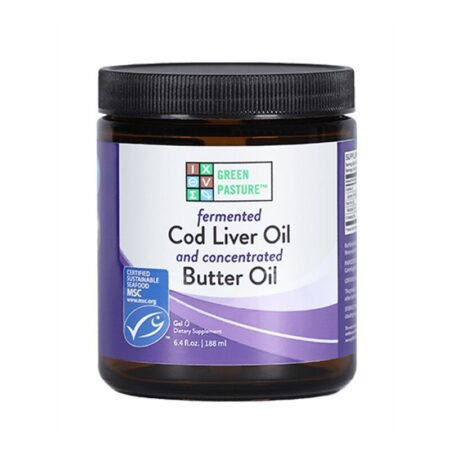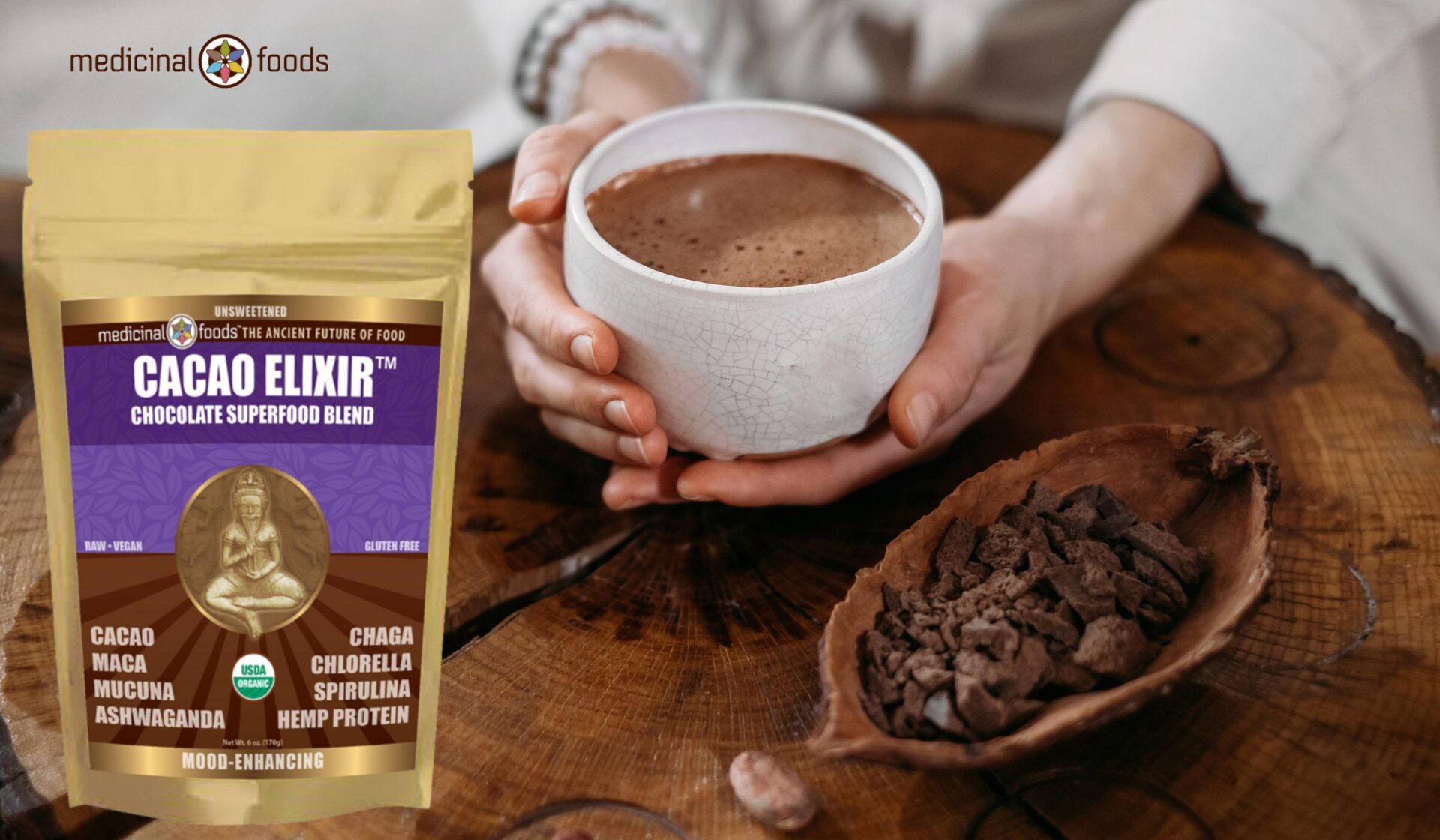A healthy dark chocolate contains beneficial ingredients and it also contains flavonoids. These substances act as antioxidants that reduce free radicals, molecules that cause cell damage in the body.
Always choose the one with the highest possible percentage of cocoa, because it is what makes it healthy. And that’s why we love it!
The presence of theobromine (a bitter alkaloid found in cocoa) makes it an effective cough reliever. Flavonoids improve blood flow through blood vessels, preventing blood clots.
Also, thanks to flavonoids, it has a beneficial effect on brain functions, and in that way can prevent the development of disorders, such as Alzheimer’s or Parkinson’s.
This happens precisely because these substances improve blood flow through the body, and thus blood flow to the brain.
However, the fats found are not bad fats. It is primarily oleic acid, which belongs to the omega-9 monounsaturated fatty acids, and which are healthy for the human body.
It is enough to eat about 20g a day (3-4 cubes). It is rich in nutrients that can positively affect health.
It is one of the best sources of antioxidants and is made from cocoa tree seeds. Research has shown that it can improve your health and reduce your risk of heart disease.
It has great nutritional value. Keep in mind that 100 grams is not a small amount and that you should not eat it every day.
Especially since there are calories (600 of them) and sugar. For this reason, it is best when consumed in moderation. It also contains various types of healthy fats and stimulants such as caffeine.
It is a great source of antioxidants. A study was conducted in which scientists released free radicals that damage cells to certain foods to see how certain antioxidants in food destroy free radicals.
Although the effect on the body may not be exactly the same, it is worth mentioning that it is also full of organic compounds that are biologically active and act as antioxidants.
Flavanols can stimulate the inner part of the arteries to produce nitric oxide whose function is to send signals to relax the arteries which improve circulation and lowers blood pressure.
Research has shown that cocoa significantly reduced oxidized bad cholesterol in men while also increasing good cholesterol. Oxidized cholesterol is cholesterol that has reacted with free radicals and has been given the ability to damage tissues.
Cocoa thus reduces oxidized cholesterol because it contains many antioxidants that protect lipoproteins. It can also reduce insulin resistance.
Their compounds can protect the body from the oxidation of cholesterol. Over time, this leads to less deposition of cholesterol in the arteries and reduces the risk of heart disease.
In fact, several long-term studies have shown significant improvement.
In a study of 470 men, cocoa reduced the risk of dying from heart disease by 50% over a 15-year period. Another study found that its consumption two or more times a week leads to a 32% reduced risk of clogged arteries.
Research has also shown that its consumption more than 5 times a week reduces the risk of heart disease by 57%. Of course, since this is research by observation, it is not entirely certain that it is responsible for all these figures.
Flavonols can protect from the sun, improve blood flow to the skin and thicken the skin.
A study of 30 people concluded that their resistance to the sun’s rays doubled after 12 weeks. It is good for brain health and function.
One study on volunteers found that consuming flavanol-rich cocoa, over a five-day period, improved blood flow to the brain. Cocoa may significantly improve cognitive functioning in older people with mental disabilities.
It can improve verbal communication and reduce risk factors for various diseases. In addition, stimulants in cocoa may affect short-term improvement in brain function.
Is dark chocolate healthy?
There is various evidence that this product is extremely good for health, especially for protecting the heart from various diseases. Of course, you don’t need to eat too much every day because there is still a lot of calories.
At the same time, pay attention to the sugar content as well as the cocoa content. It is best to choose with at least 70% cocoa and as little sugar as possible.
It seems to be one of those rare foods that are extremely fine and at the same time very healthy. It is made from cocoa, a plant with a high level of minerals and antioxidants.
This product contains much higher amounts of cocoa and less sugar than the milk one and it contains compounds with antioxidant properties.
Following that, it contains several compounds that have antioxidant properties, such as flavanols and polyphenols. Oxidative stress contributes to the ageing process.
Eating regularly can reduce your risk of developing heart disease. Some compounds in it, especially flavonoids, reduce high blood pressure and high cholesterol.
Flavanols stimulate the production of nitric oxide in the body. Nitric oxide leads to the dilation of blood vessels, which improves blood flow and lowers blood pressure.
Eating may help reduce inflammation in the body. Inflammation is part of the body’s natural immune response to bacteria and other harmful substances.
However, chronic inflammation can damage cells and tissues and can increase the risk of some health conditions, including type 2 diabetes, arthritis and certain types of cancer.
It contains compounds with anti-inflammatory properties that may help reduce inflammation in the body.
The findings of a small study from 2018 suggest that flavonoids may enhance neuroplasticity, which is the ability of the brain to reorganize, especially in response to injury and disease.
The health benefits come primarily from the flavonoids present in cocoa. However, the flavonoid content varies.
Processing methods also differ among manufacturers, and this can affect the flavonoid content. There is no legal requirement for manufacturers to declare the flavonoid content in their products.
However, products with a higher percentage of cocoa should usually contain more flavonoids. Although it contains beneficial antioxidants and minerals, it is also rich in sugar and fat, making it a high-calorie food.
Manufacturers do not have to declare the flavonoid content in their products. As a result, it is difficult to determine how much it should be ingested to give all its health benefits.
What percentage of dark chocolate is healthy?
The researchers found that participants who ate 25 grams daily for 8 weeks had significantly lower blood pressure than those who ate the same amount of the white one.
Research from 2017 showed that the beneficial effects on blood pressure could be more significant in older people and those at higher risk of cardiovascular disease, as opposed to younger, healthy people.
It also contains certain compounds, such as polyphenols and theobromine, which can lower the level of low-density lipoprotein cholesterol in the body and increase the level of high-density lipoprotein cholesterol, or bad cholesterol.
A 2017 study found that eating it for 15 days raised the level of good cholesterol in people with HIV. However, consumption did not affect the level of bad cholesterol.
A small study from 2018 in which five healthy people participated examined the effects on the immune system. The results suggest that consuming large amounts of 70 per cent affects the activity of genes that regulate the immune response.
In another 2018 study, researchers found that eating 30 grams every day for 8 weeks significantly reduced inflammatory biomarkers in people with type 2 diabetes.
The study researchers concluded that there is a need for additional studies to estimate optimal amounts. Insulin resistance occurs when the body’s cells stop responding to the hormone insulin.
Insulin resistance can cause abnormally high blood glucose levels, which can lead to prediabetes and type 2 diabetes. A six-month study from 2018 examined the link between regular consumption and blood glucose levels.
Research suggests that eating 48 grams each day may help lower glucose levels and reduce insulin resistance.
The studies cited in this article generally used 20–30 g per day. A higher percentage of cocoa usually contains less sugar but more fat.
More cocoa means more flavanols, so it’s best to choose the ones that include at least 70 per cent cocoa. So it is best to limit yourself to 20-30g with at least 70% cocoa.
Antioxidants are important because they protect cells and tissues from the damaging effects of free radicals, unstable molecules that destroy our cells. If you have a casco insurance policy for your car, look at antioxidants this way.
It contains significant amounts of two important minerals: magnesium and copper. Just 40 grams provides 15% of all daily needs for magnesium, which is important in energy production, strong bones, muscle recovery and nerve impulse transmission.
The same amount provides 34% of the daily needs for copper, which helps the body produce neurotransmitters, thus effectively supporting cardiovascular health. In addition to these two minerals, it also contains phosphorus, potassium and iron.
The main thing in promoting healthy dark chocolate as healthy food is the high content of flavonoids – powerful antioxidants that you can also find in tea and apples, but in much smaller quantities.



